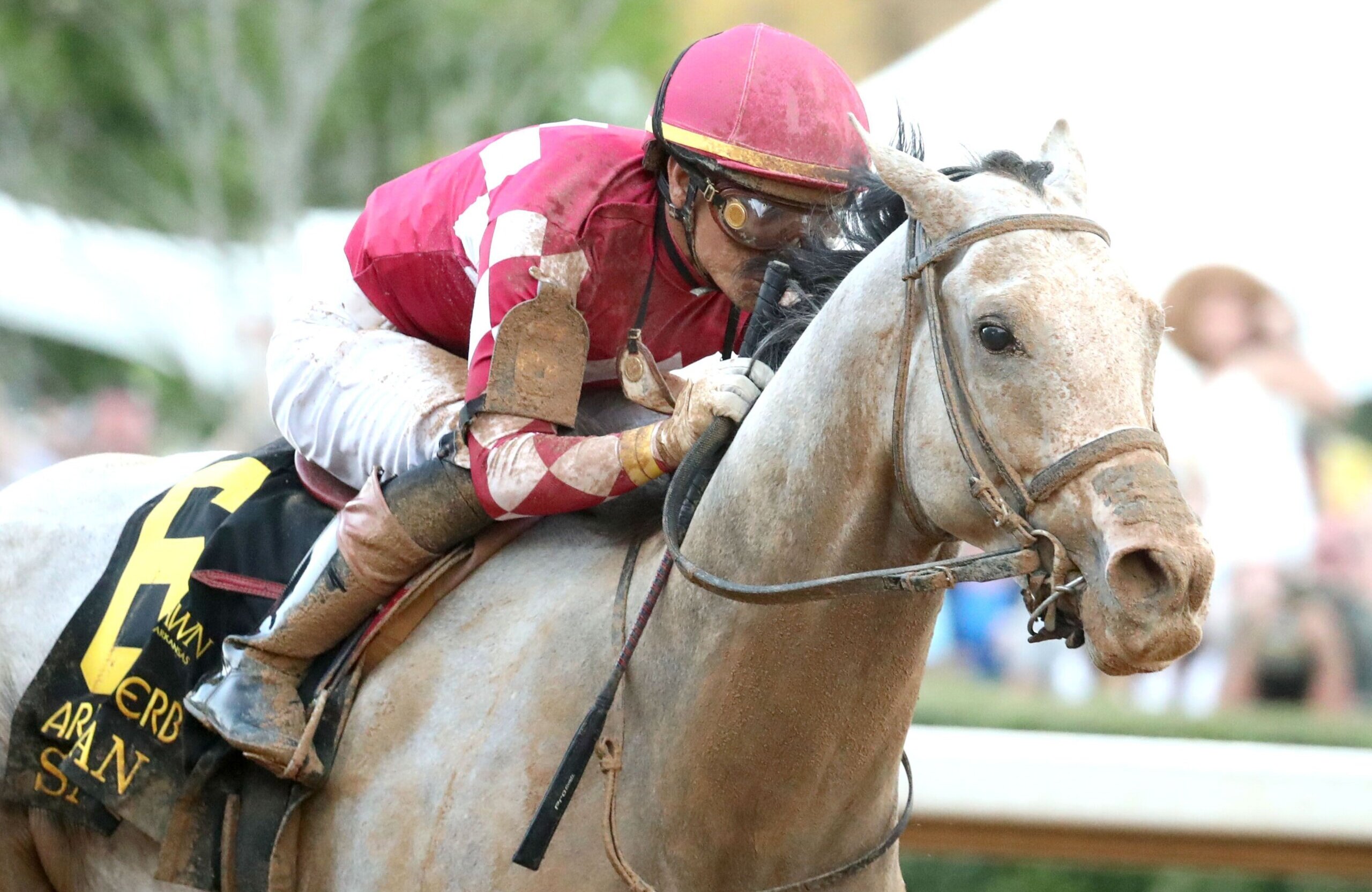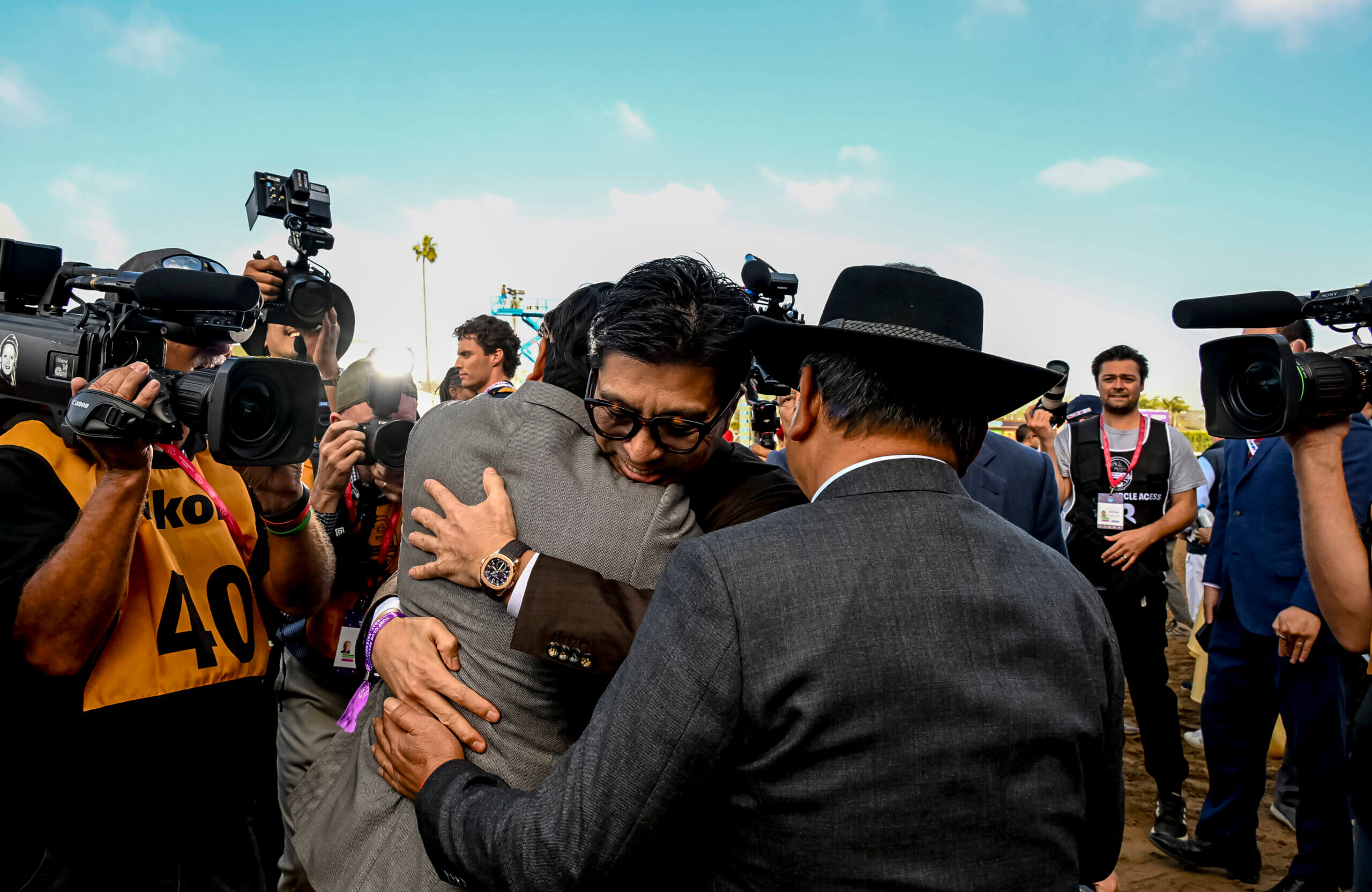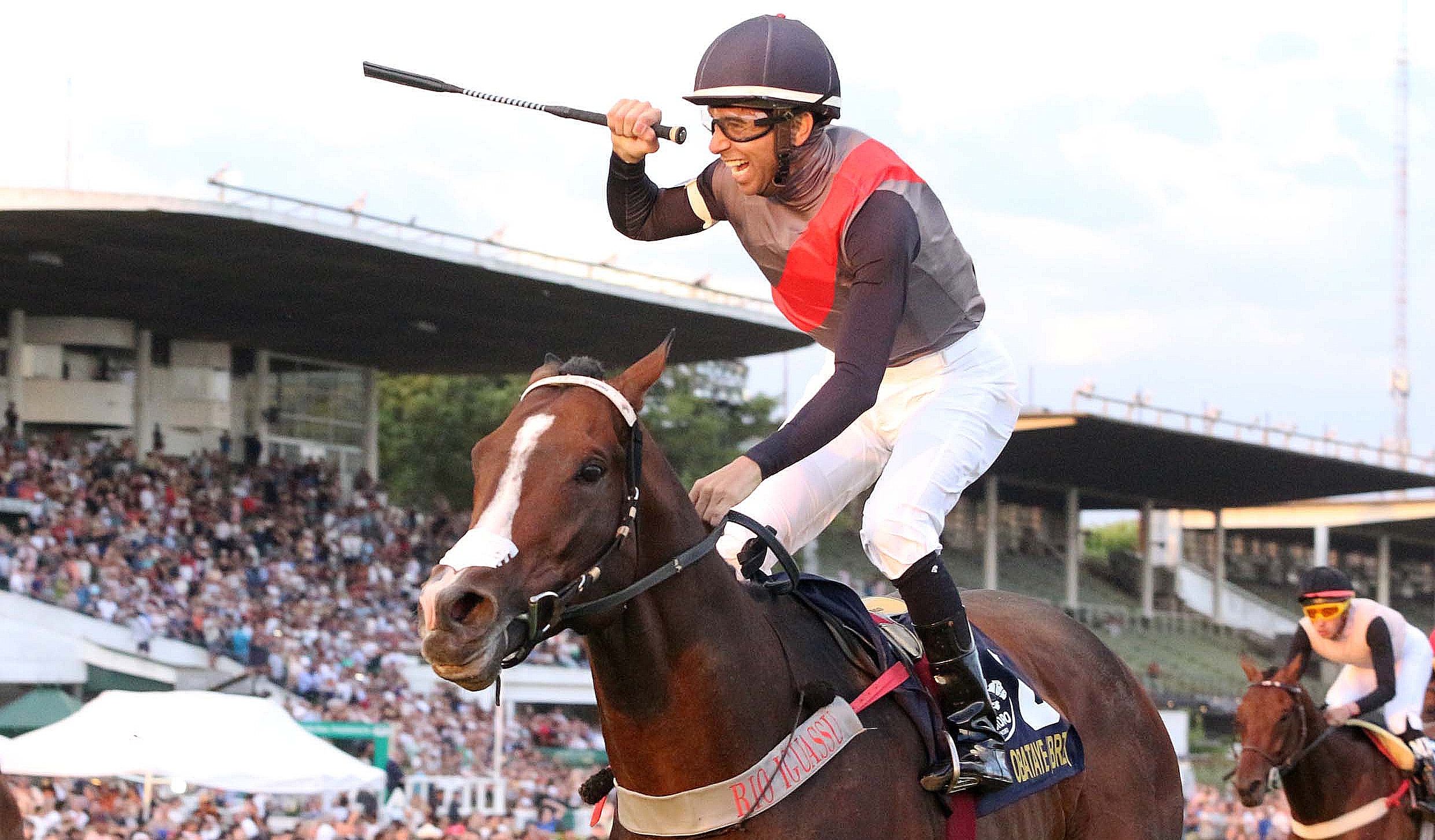Conventional wisdom holds that horse racing attracts an ageing audience and is losing relevance among younger markets. The reality is more nuanced.
As someone who sits squarely in the middle of Generation Y (born between 1981 and 1996), it becomes more apparent every year that, as a racing fan, I am an outlier among my peers. In Australia, that is starkly visible each November at Melbourne Cup time.
Many I grew up with are now firmly on the #NupToTheCup bandwagon. For them, animal welfare concerns and racing’s association with gambling are insurmountable hurdles.
Far more are simply apathetic. They would struggle to remember that the Melbourne Cup was held last week, let alone who won. They are racing’s lost generation – a cohort for whom the sport is simply not on their radar.
However, the generation now coming through – those in their late teens and early twenties, broadly labelled Generation Z – does not fit this narrative. They are not racing’s inheritance, but they may yet be its opportunity.
Gen Z is more morally sensitive, more visually driven and more attuned to authenticity than previous generations. Polling shows that they have a higher rate of ethical objection to the sport, but, crucially, they also have a higher rate of potential engagement if the right story, hero or cultural entry point presents itself. They are not disengaged; they are waiting to be compelled.
After Ka Ying Rising won The Everest in October, one statistic cut through: almost 60 per cent of the 50,167 racegoers at Randwick were under the age of 26.
That theme continued across Melbourne Cup week. Trackside, the mullet count alone suggested that the average age was dropping. And the extraordinary scenes after Via Sistina’s win in the Champions Stakes – young men braving Antarctic winds and heavy rain to roar her home – showed that, when they decide to show up, they show up with full-throated enthusiasm.

There are also cultural gateways opening that previous generations did not have.
The Japanese multimedia franchise Umamusume has introduced champion racehorses to millions worldwide by giving them the form of anime characters, backed with story-driven arcs that emphasise rivalry, sacrifice and triumph. To traditionalists, it may seem strange. To Gen Z, it is completely intuitive: a character-first way into a world they otherwise would never touch.
A similar phenomenon is unfolding in the United States. Controversy erupted last week when 26-year-old influencer Griffin Johnson was named New Owner of the Year by industry group OwnerView.
Johnson was gifted a share in Sandman, later winner of the G1 Arkansas Derby, and used his social platforms – totalling nearly 15 million followers – to document the journey. Critics argued he was not a “real owner” and, later, that his claim that Sandman was the “most famous horse in the world” – ahead of Forever Young – demonstrated insularity.
Yet the reality remains: my 18-year-old niece, who knows nothing about racing, knows who Sandman is because of him. Awareness precedes affinity; affinity precedes fandom.
Forever Young, already a global star within racing circles, will soon appear in Umamusume. When that happens, awareness will not be the issue. The question will be what racing does with that attention.
Gen Z engagement is currently measured in moments, not commitment. They will show up for Ka Ying Rising at The Everest, cheer Via Sistina through sleet, follow Sandman on TikTok. But how many will still be here in five years? How many will go from casual spectators to become owners, breeders, punters, administrators and storytellers?
Racing does not need to convert all of them, but if it can convert some, then the sport is onto a winner. ∎








